I try to be a patient person. I reaaaaaalllly do.
But patience is hard. Especially when you're having to wait for something exciting.
Like a trip to Washington to see your family for the first time in seven months.
Or a homestead where you can raise your chickens and dairy cow.
Or a box of worms in the mail.
Say, what?!?!
Readers who follow me on Facebook know how I've been anticipating this day. The day when my new composting-companions would arrive in the mail.
Vermiculturing is a new venture for me, and as such, I am completely unqualified to share anything of real value with you regard to ‘how-to'. I have found an incredibly helpful site completely devoted to the matter, which has become my little go-to manual for this new process.
The premise, however, is quite simple: red worms are kept in a container of sorts and are fed kitchen scraps and other organic material (think coffee grounds, vegetable peelings, apple cores, egg shells, dryer lint, etc.). The worms then process the waste into what's commonly referred to as ‘black gold' – that is, extremely rich compost for the gardens.
Because of our rental situation, homesteading really isn't an option for us right now. But I'm just not the type to sit on my thumbs and let opportunities pass me by. Establishing my vermicompost system is a baby-step towards the more self-sufficient homestead I dream of.
For example, look how beautifully this can play out:
– Worms are fed vegetable scraps and organic waste.
– Worms produce compost.
– Compost goes into the garden to produce more vegetables. The leftovers of which go back to the worms.
– Because the worms reproduce and a system only needs so many, the continual supply of extra worms can be fed to the chickens for a free protein source.
– The chickens then lay eggs. The eggs are eaten and the shells are fed back to the worms.
Isn't that cool?!?!
I love the idea of, essentially, producing some of your own chicken feed for free. Not to mention that chickens can also help consume any extra vegetable scraps you may have.
But that compost – oh that sweet, rich compost. It cannot be beat. And since I'm planting at least a few potted vegetables this year, it will be needed.
So here's my set up (my poor friend Laura is still mortified I'm allowing worms in my kitchen. What can I say? I'm not grossed out by it. But I've also rectally palpated my share of cows…so take it with the grain of salt):
– Two large tubs. One was drilled with holes along the bottom, to assist in drainage, and along the top, for oxygen flow.
– The drilled tub was set into the other tub atop some bricks. The bricks help to elevate the tub and (again) allow for drainage. We don't want to drown our worms now, people.
– Torn up cardboard will act as worm ‘bedding'. I sprayed it with water to get it damp. I then layered on fall leaves from the yard and food scraps from the kitchen. I kept layering until the tub was about half full. I'm sure there is more of a science to it than this, but that's for the experts. I just did what this guy told me to.
– For now, the tub will reside in our kitchen. When the weather warms slightly, I will move it out into the sunroom until summer, when it will be moved back inside (red worms like mild temperatures…and there ain't nothin' mild about an Alabama summer).
My poor tub has been sitting there all week. Full of potential. Full of promise. Now if only those dang worms would arrive in the mail…
..and wouldn't ya know, not fifteen minutes after I finished typing those words above, they did!
Georgia and I spent the afternoon watching them wiggle and squirm through the peanut shells and cabbage leaves, happy to be in their new environment.
Literally, y'all. We sat there for at least an hour.
It was cheap entertainment.
I'm ready to start a vermiculture revival, baby!!!! Let's do this!! In the meantime, I'll keep making notes and re-reading this bad boy:
And this bad boy:
Just so I'm prepared.

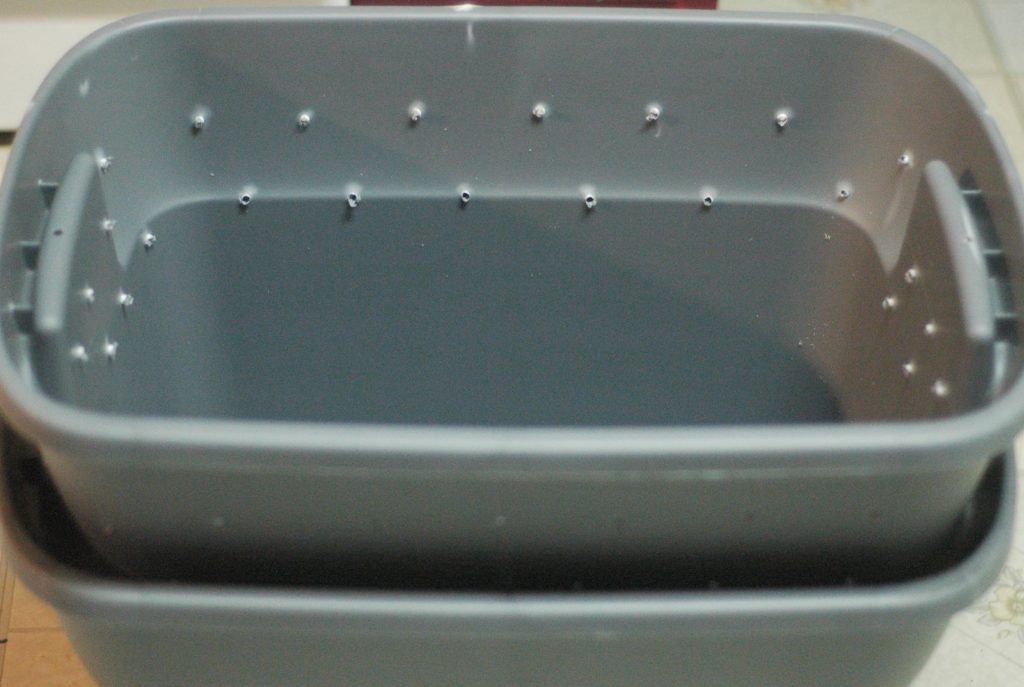
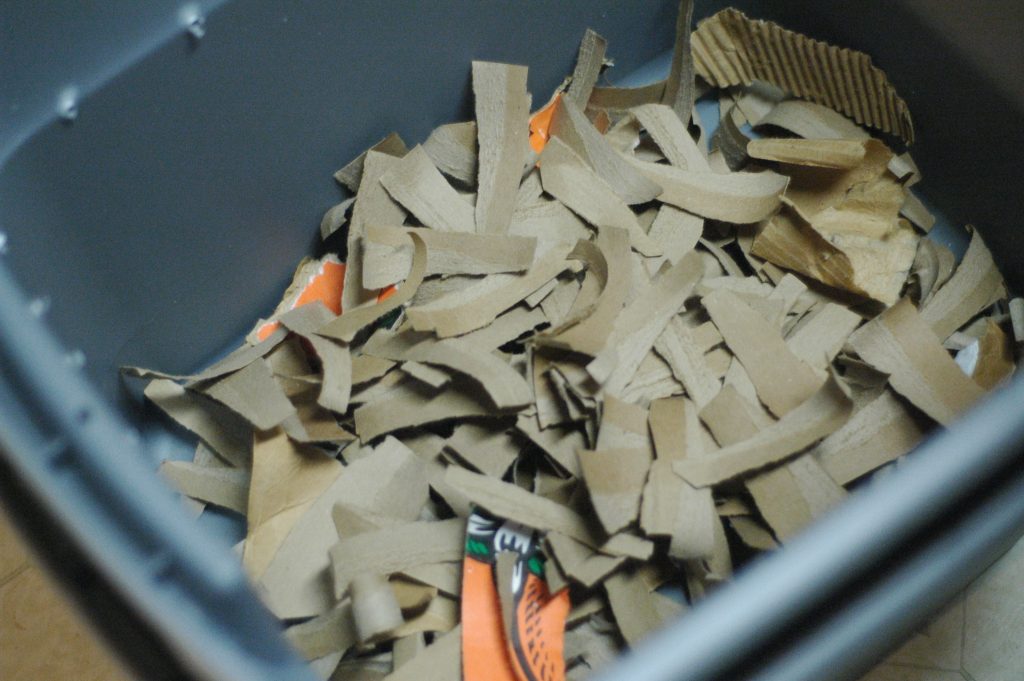
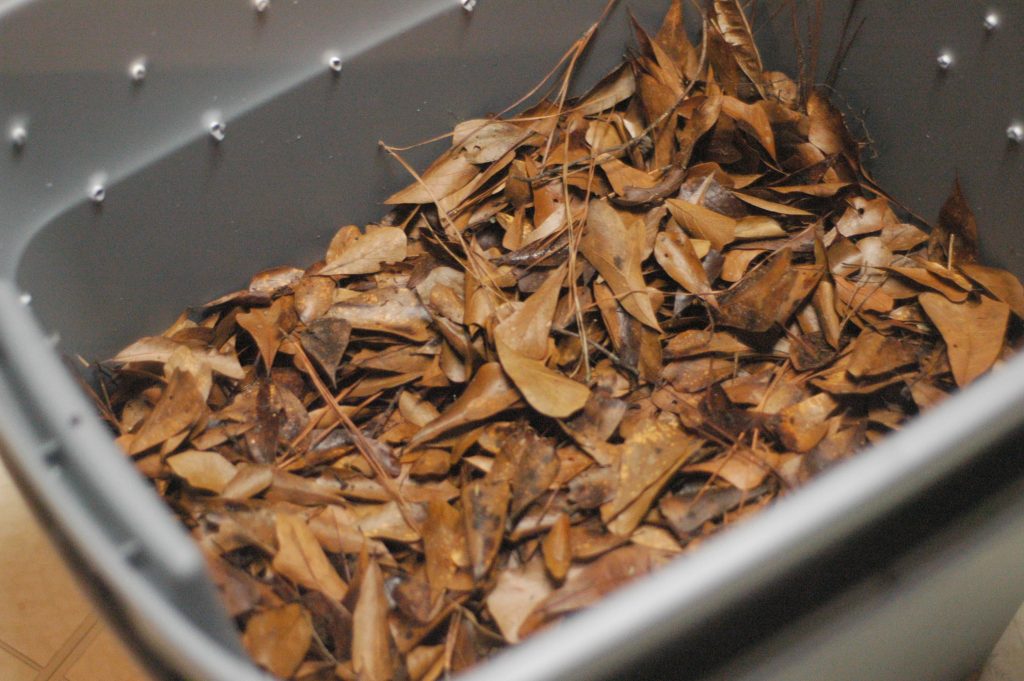
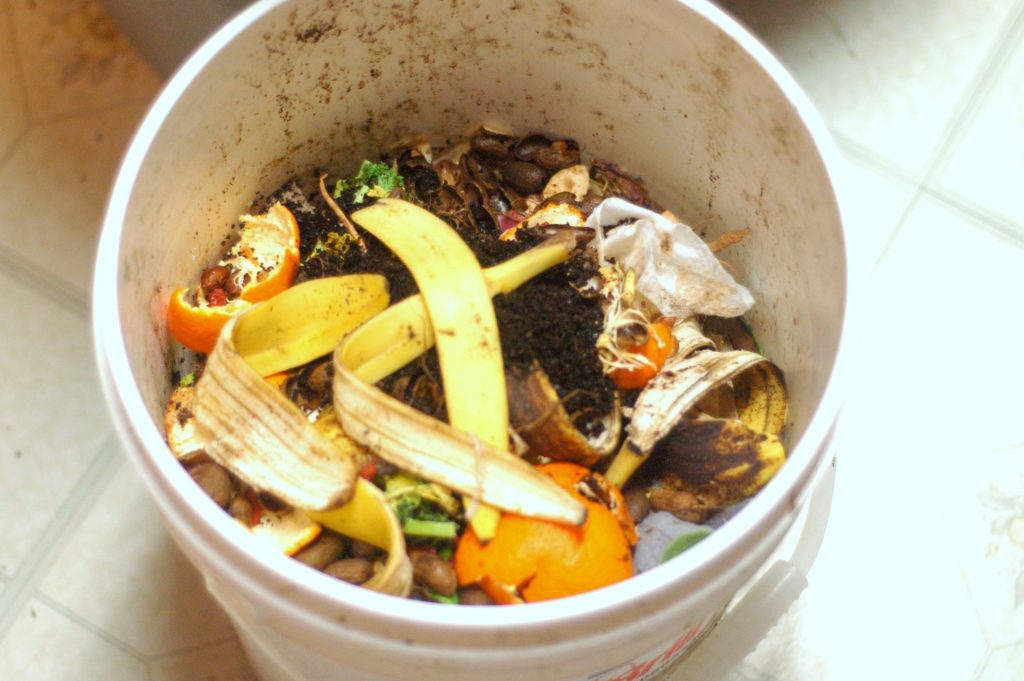
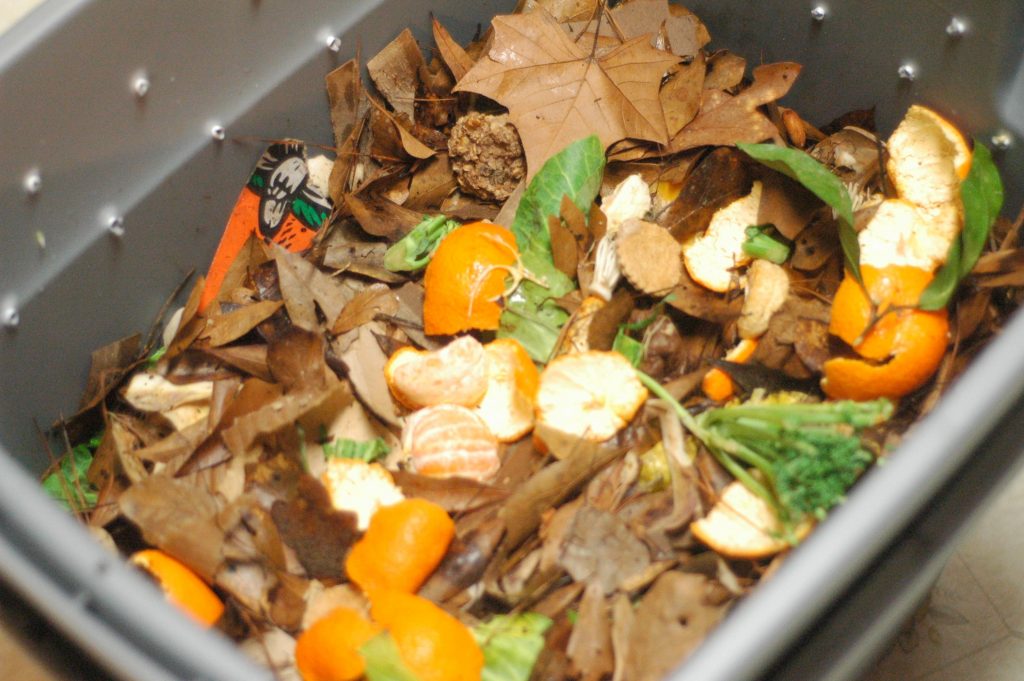
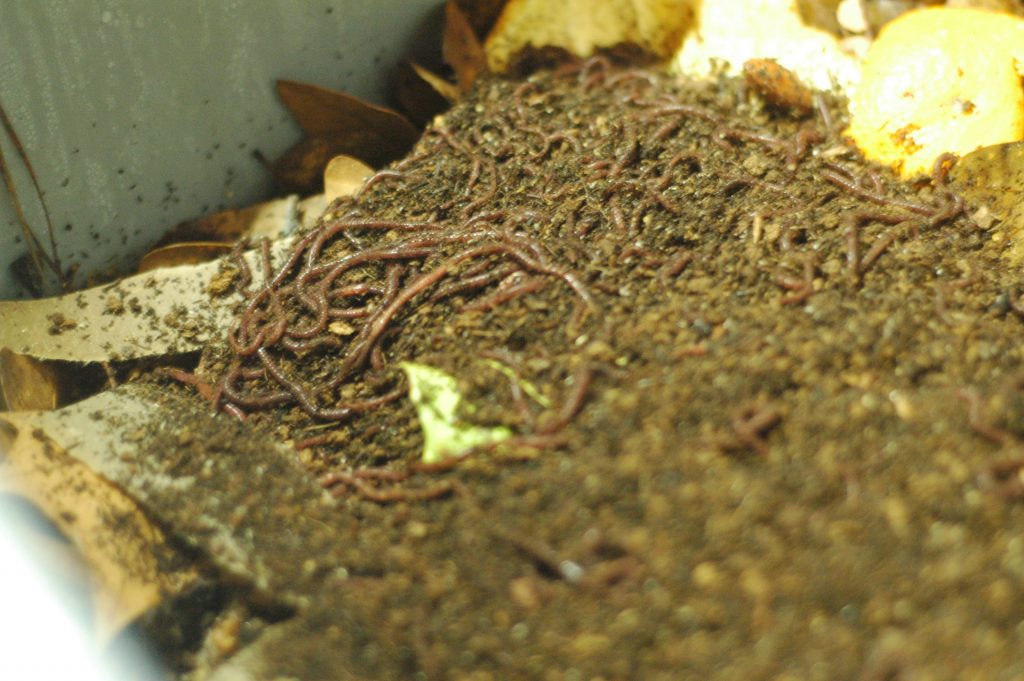



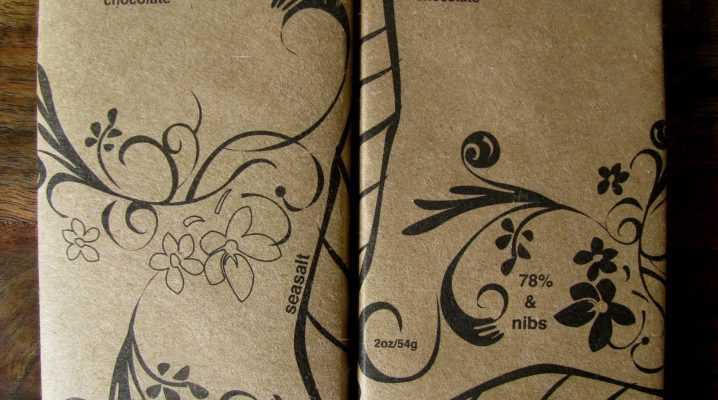
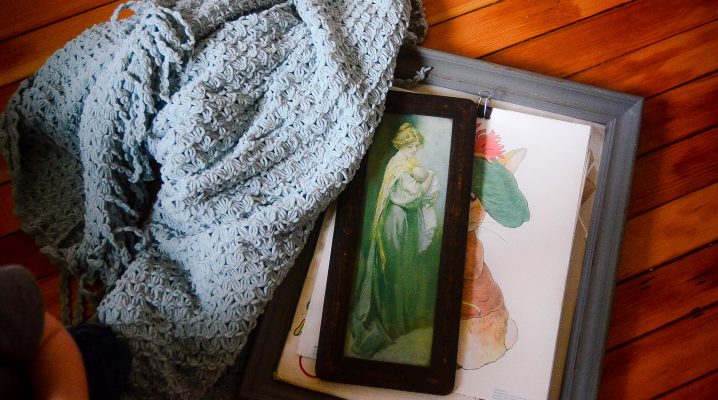
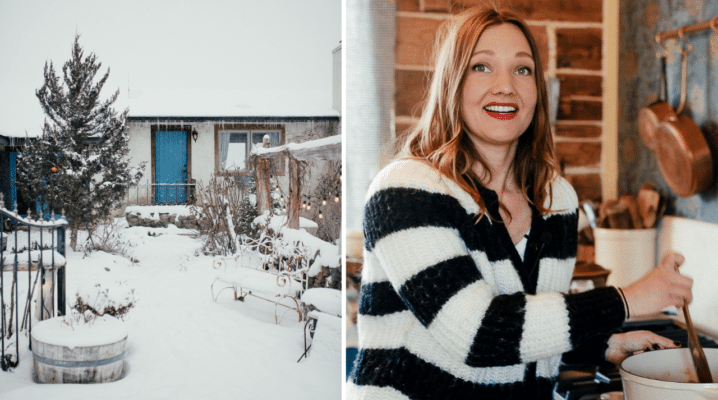
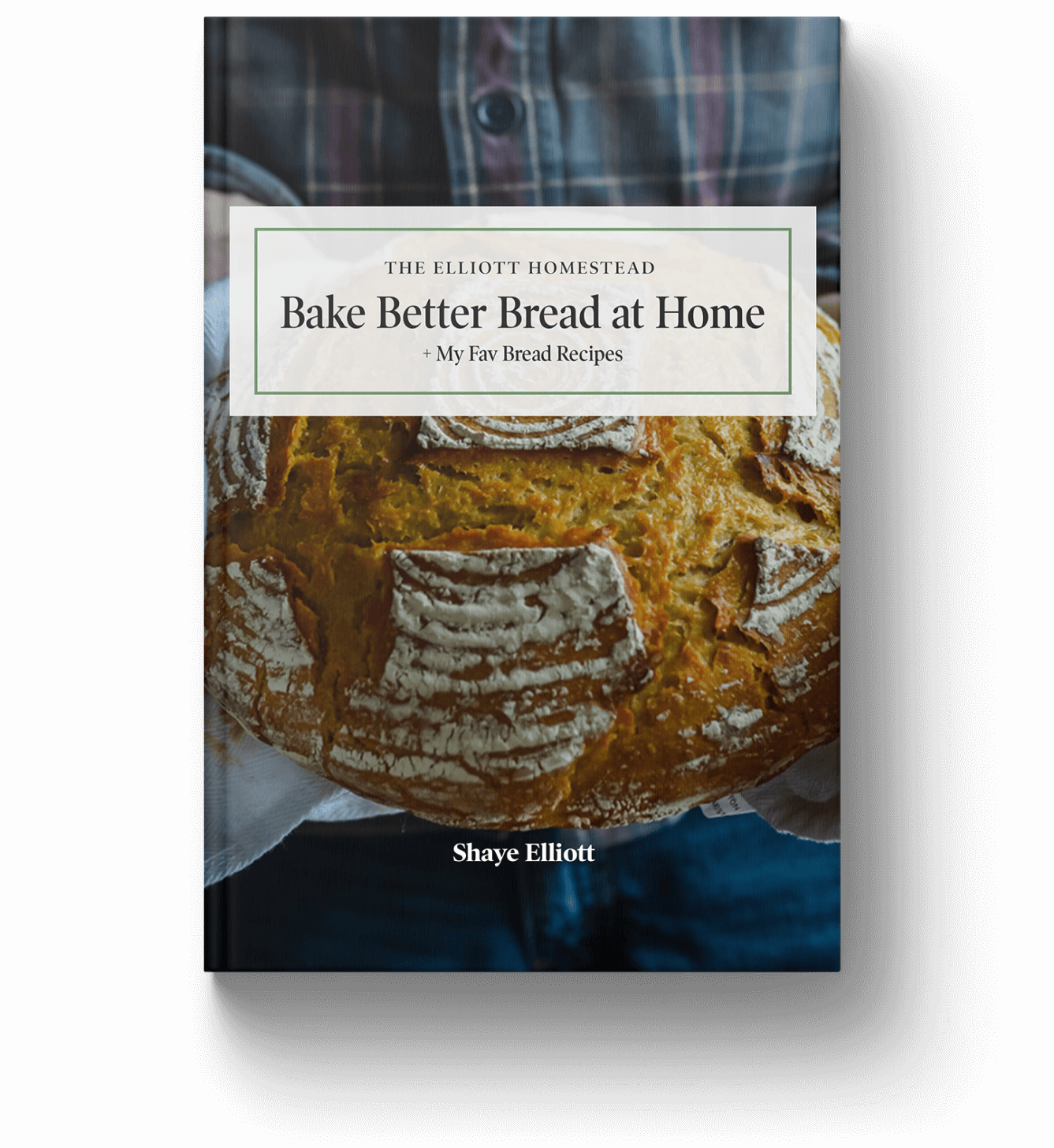
Love it!
I reeeaaallly need to start this up. We have only been talking about doing it for the last 2 years or so. Thank you for the motivation! Oh, and by the way, The Backyard Homestead is an absolutely amazing book and incredibly informative and helpful.
Those are both great books! Have you read Folks This Ain’t Normal by Joel Salatin? best boo I’ve read in a long time! Here’s a little celebratory song for you! It’s called Worms by the Auquabats. the video is not official..http://www.youtube.com/watch?v=nQdGXBulK7Q I guarantee you will not be able to stop singing it for a while.
BOOK*
My family thinks I have completely gone over the edge because I announced this week that I am retiring our 15 year-old dishwasher and NOT replacing it! Instead, the space will be used for storing…..wait for it, wait for it….. WORMS! Oh, and the overly large Lem dehydrator on a pull-out shelf. Imagine my great joy in reading that yours will be in your kitchen too! Thank you, thank you, thank you for justifying my position and confirming my brilliance! 😉 Now off to The Home Depot for seed-starting supplies–might as well pick-up a couple worm condo’s while I am there. Happy, happy, happy!
In upstate SC, my red worm do well in the garage (for 2 years). However, I’ve wished they were inside sometimes only for convenience sake. It’s fascinating watching them… Their yellow egg cases are pretty interesting, too… Good science lesson… 😀
I love it – what a great idea! We have a friend who used to grow his own worms for compost – it works!
I’m glad I’m not the only one w/ worms in my kitchen. And I’m also glad that I’m not the only one who couldn’t wait to get her worms in the mail! The lady at the post office was NOT impressed that 1 or 2 of them wandered out onto the floor of the post office.
I will advise you not to put too much broccoli in with them… mine were crazy stinky for about a week when I put a bunch of ground up broccoli scraps in their “house”. My toddler loves to watch them wiggle around :).
My boyfriend just came home with some tubs and worms for composting- which are now residing in my kitchen. Those are words I never thought I would say. Here’s to having awesome dirt to get our garden plot ready for next year!
I’m way late to the worm party here but just found a link on Pinterest. I have worms in my kitchen too. To speed up the process I puree the food scraps before I feed the worms. The worms eat more food so they reproduce faster. That gives me “extra” worms for fishing and some of the chickens and ducks in the winter.